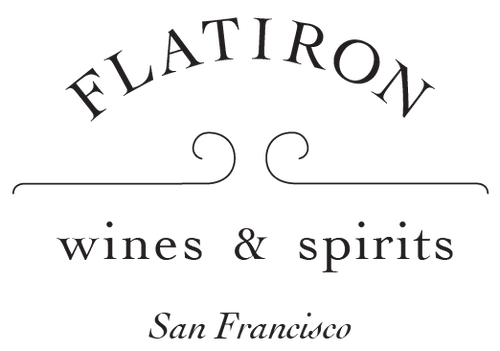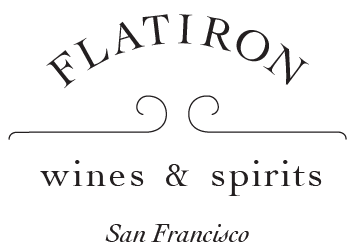Margherita Otto
If you’re lucky enough to visit the great Bartolo Mascarello, you will be blessed not just with the opportunity to taste some of the region’s very best wines, or the opportunity to meet the incredibly... Read More
If you’re lucky enough to visit the great Bartolo Mascarello, you will be blessed not just with the opportunity to taste some of the region’s very best wines, or the opportunity to meet the incredibly charming Maria Teresa Mascarello (who now runs the estate); you'll meet an American, Alan Manley, who can tell you — in good Westchester English — just about anything you want to know about Barolo.
Taste Mascarello’s wines, for sure, and ask Alan all about them. He has worked side by side with Mascarello for almost 10 years, so he knows a lot. But also ask him about his side hustle.
This side hustle is called “Margherita Otto”. It’s his winery in Monforte d’Alba. There, Alan has set out to do pretty much exactly what Mascarello has been doing for decades.
One of the keys to Mascarello’s success is the blending together of vineyards with different terroirs. All of Mascarello’s come from the villages of Barolo and La Morra. Alan adopts the same blending technique, but with grapes from the other three major villages: he’s got parcels in Monforte, Castiglione and Serralunga. Winemaking, of course, follows Mascarello’s strictly traditionalist approach, with long macerations, aging in large old casks, and so on.
Despite following pretty much exactly the same recipe, Alan will be the first to admit that his wines are not — at least not yet — quite at the same level as Mascarello’s. Wine-making is about making tons of micro-decisions — like when to harvest a particular row of vines, or when to open the winery’s window to let in some cool air. It takes years, and maybe decades, to develop exactly the right intuitions for responding to your particular vines and grapes.
Taste Mascarello’s wines, for sure, and ask Alan all about them. He has worked side by side with Mascarello for almost 10 years, so he knows a lot. But also ask him about his side hustle.
This side hustle is called “Margherita Otto”. It’s his winery in Monforte d’Alba. There, Alan has set out to do pretty much exactly what Mascarello has been doing for decades.
One of the keys to Mascarello’s success is the blending together of vineyards with different terroirs. All of Mascarello’s come from the villages of Barolo and La Morra. Alan adopts the same blending technique, but with grapes from the other three major villages: he’s got parcels in Monforte, Castiglione and Serralunga. Winemaking, of course, follows Mascarello’s strictly traditionalist approach, with long macerations, aging in large old casks, and so on.
Despite following pretty much exactly the same recipe, Alan will be the first to admit that his wines are not — at least not yet — quite at the same level as Mascarello’s. Wine-making is about making tons of micro-decisions — like when to harvest a particular row of vines, or when to open the winery’s window to let in some cool air. It takes years, and maybe decades, to develop exactly the right intuitions for responding to your particular vines and grapes.


